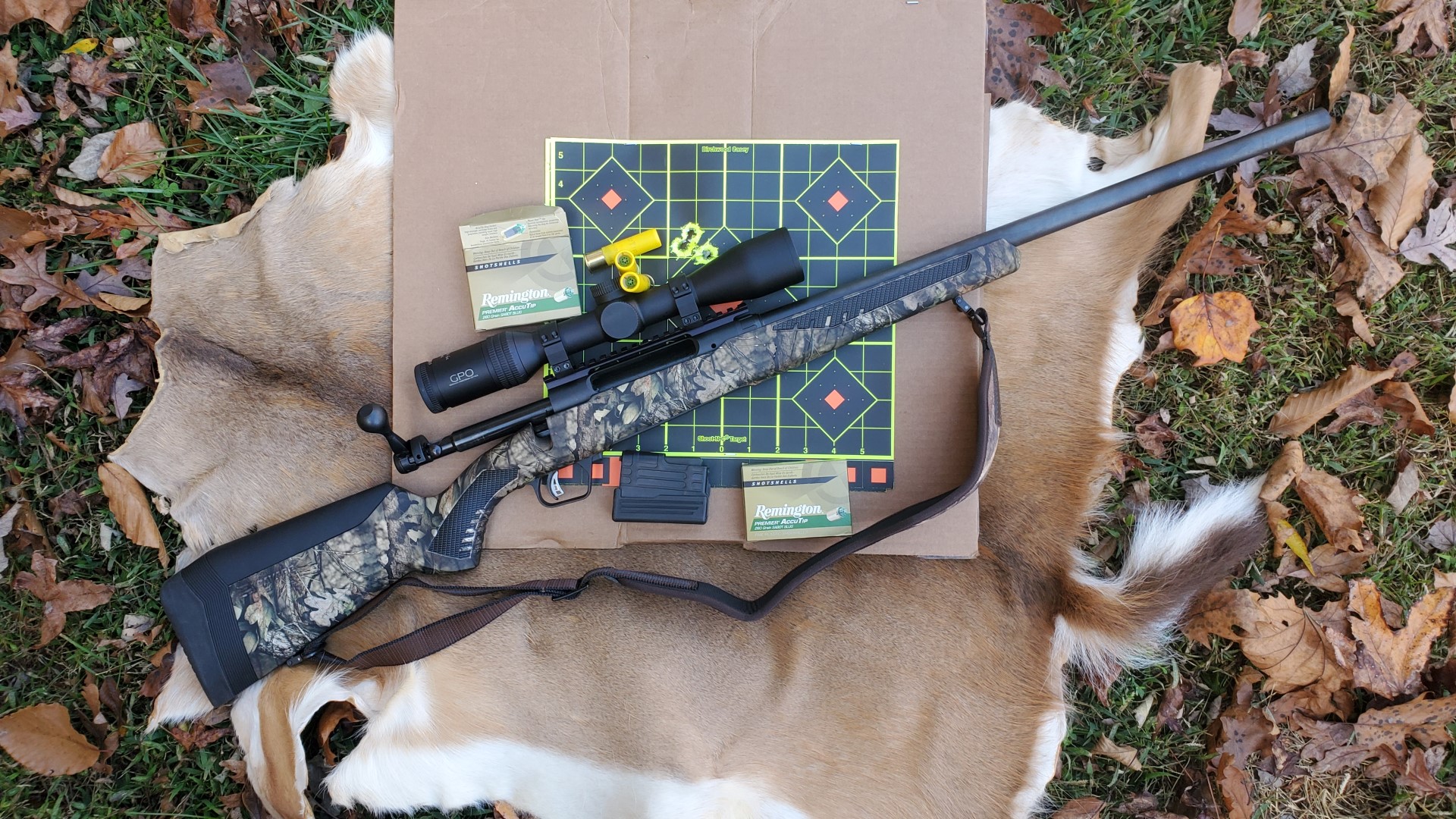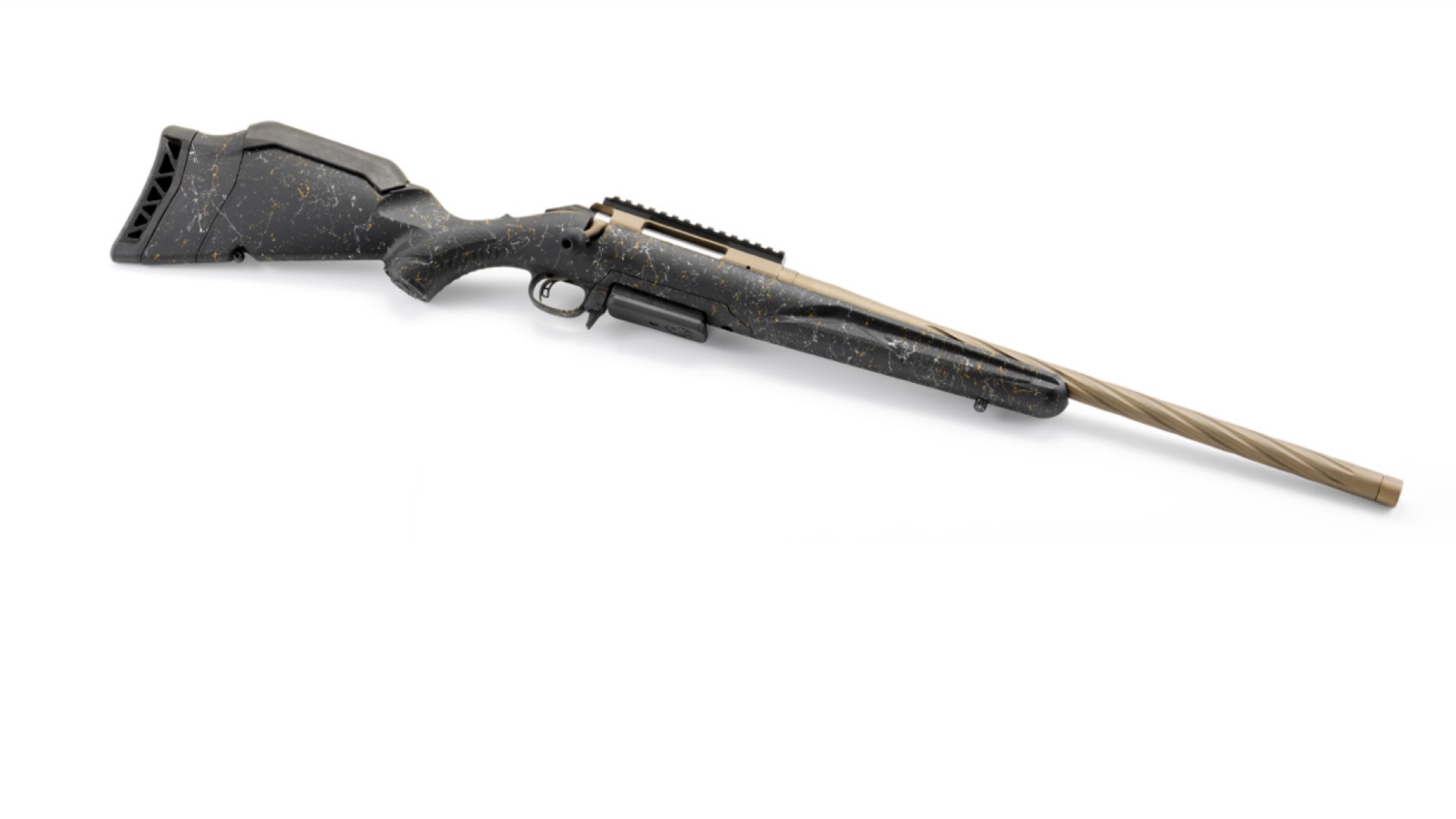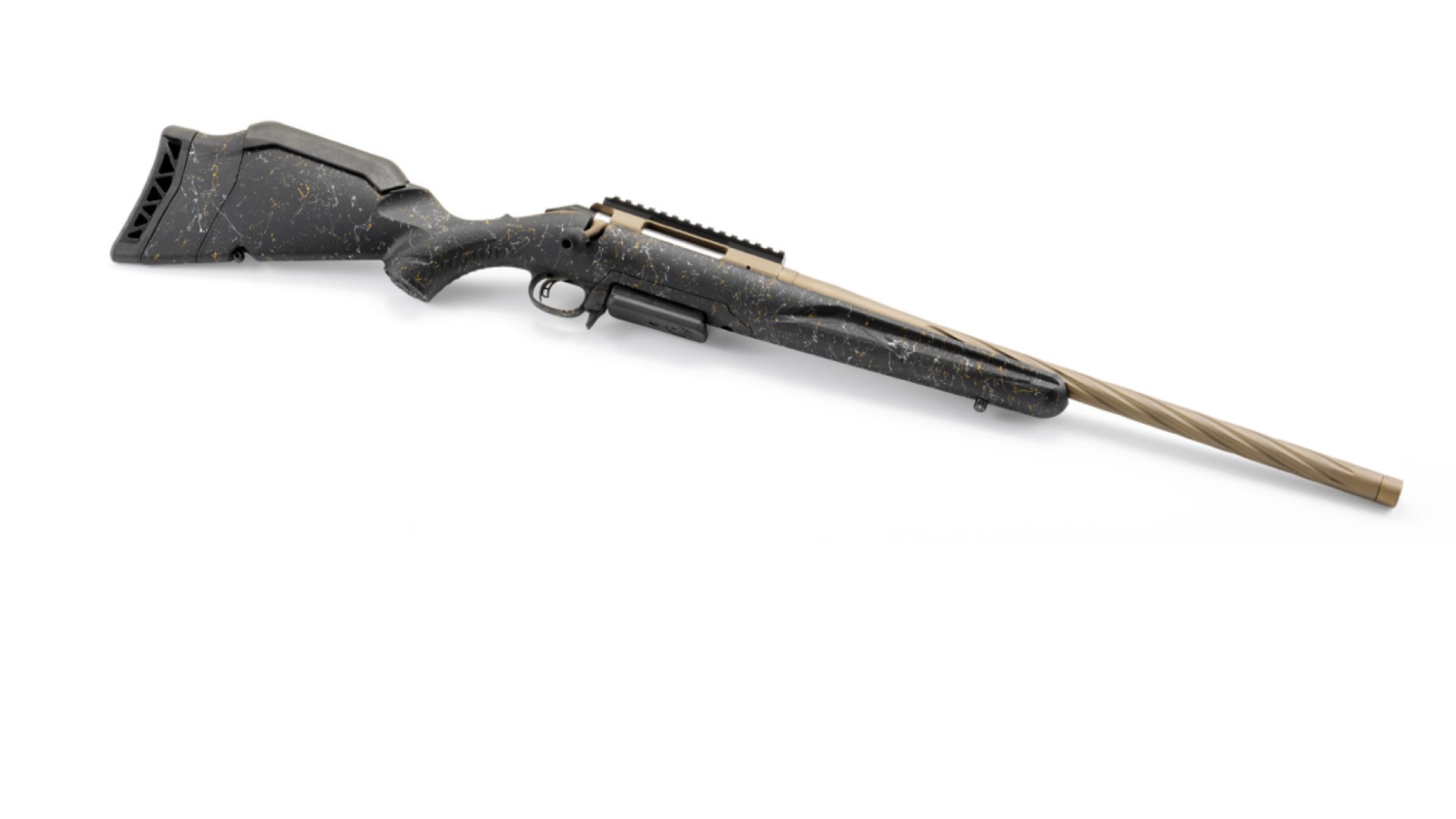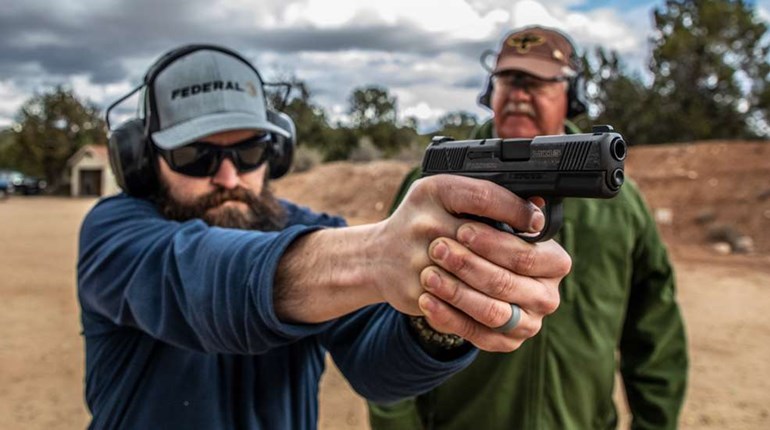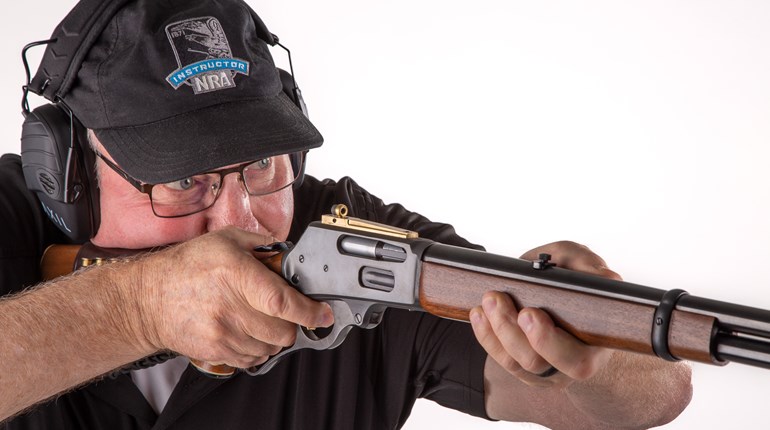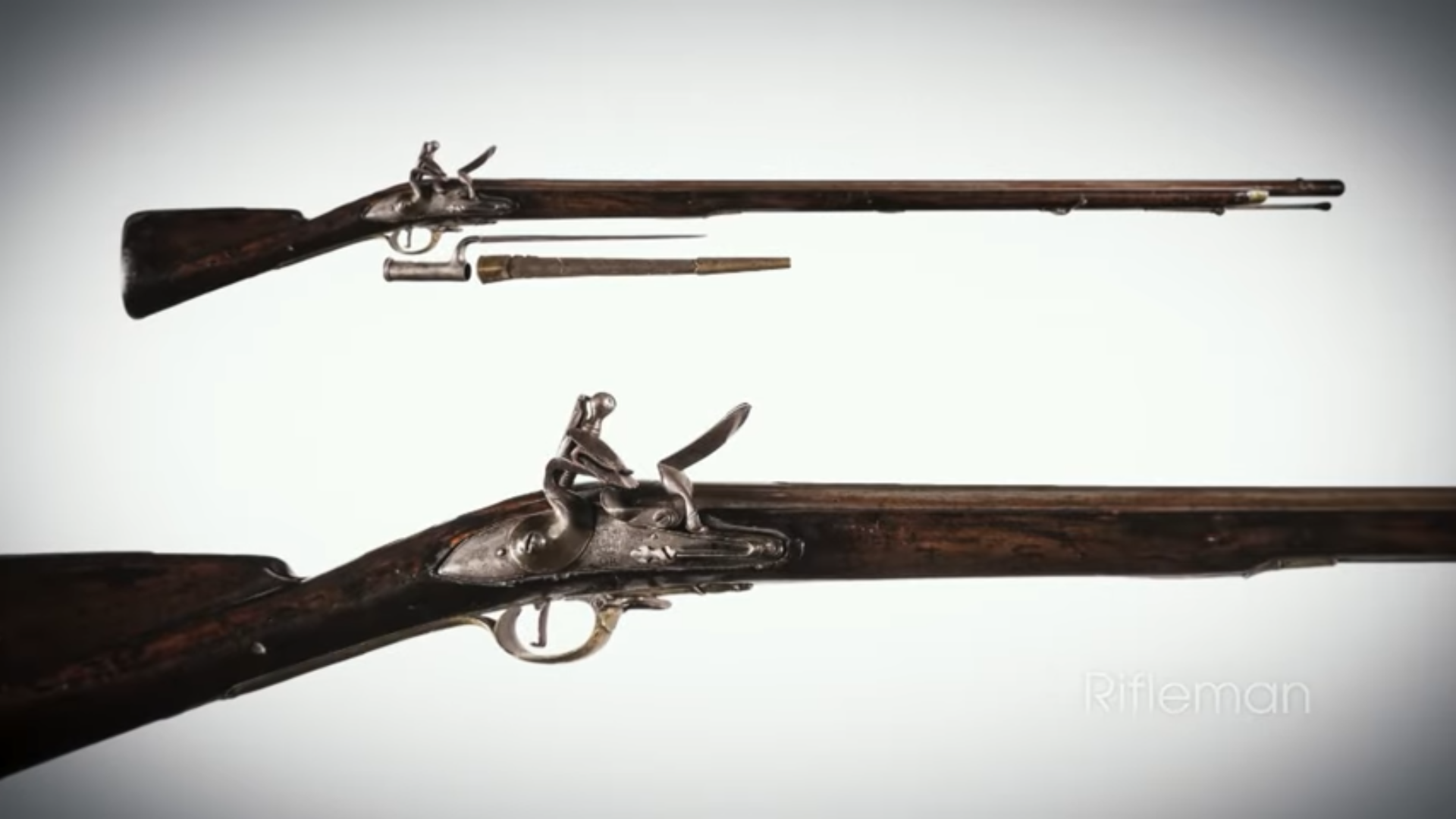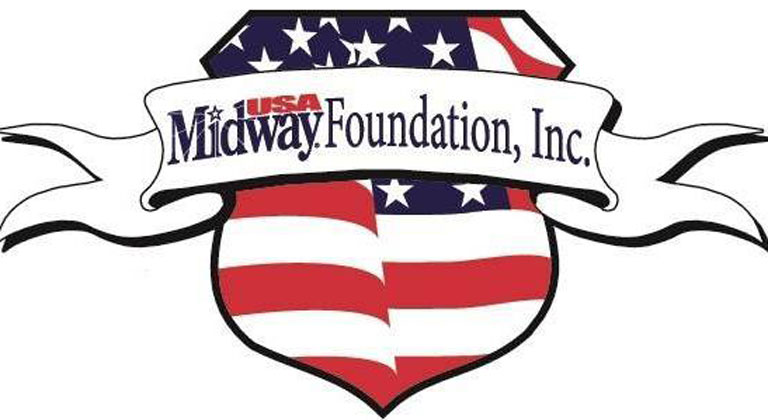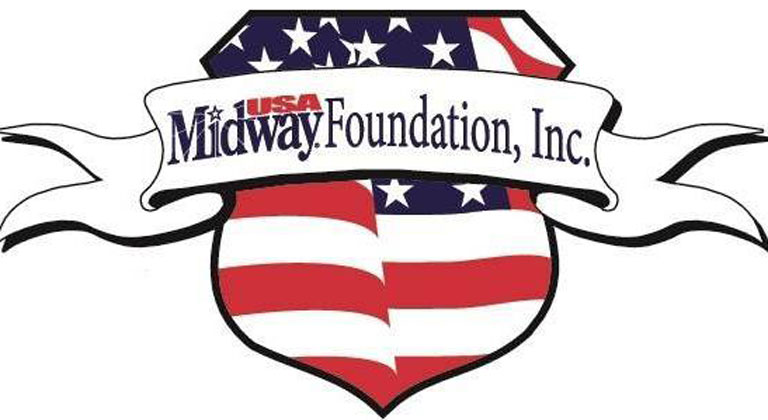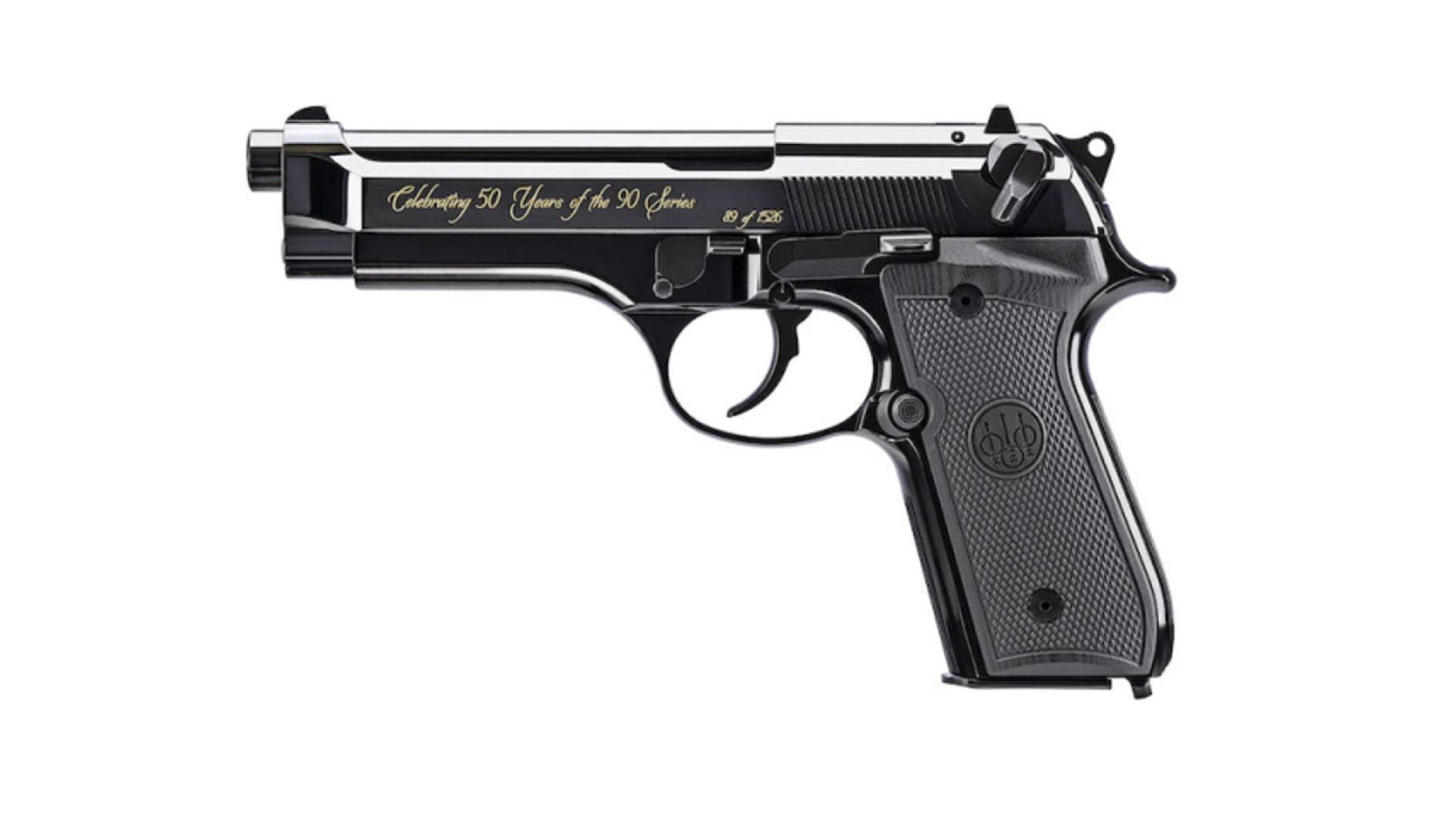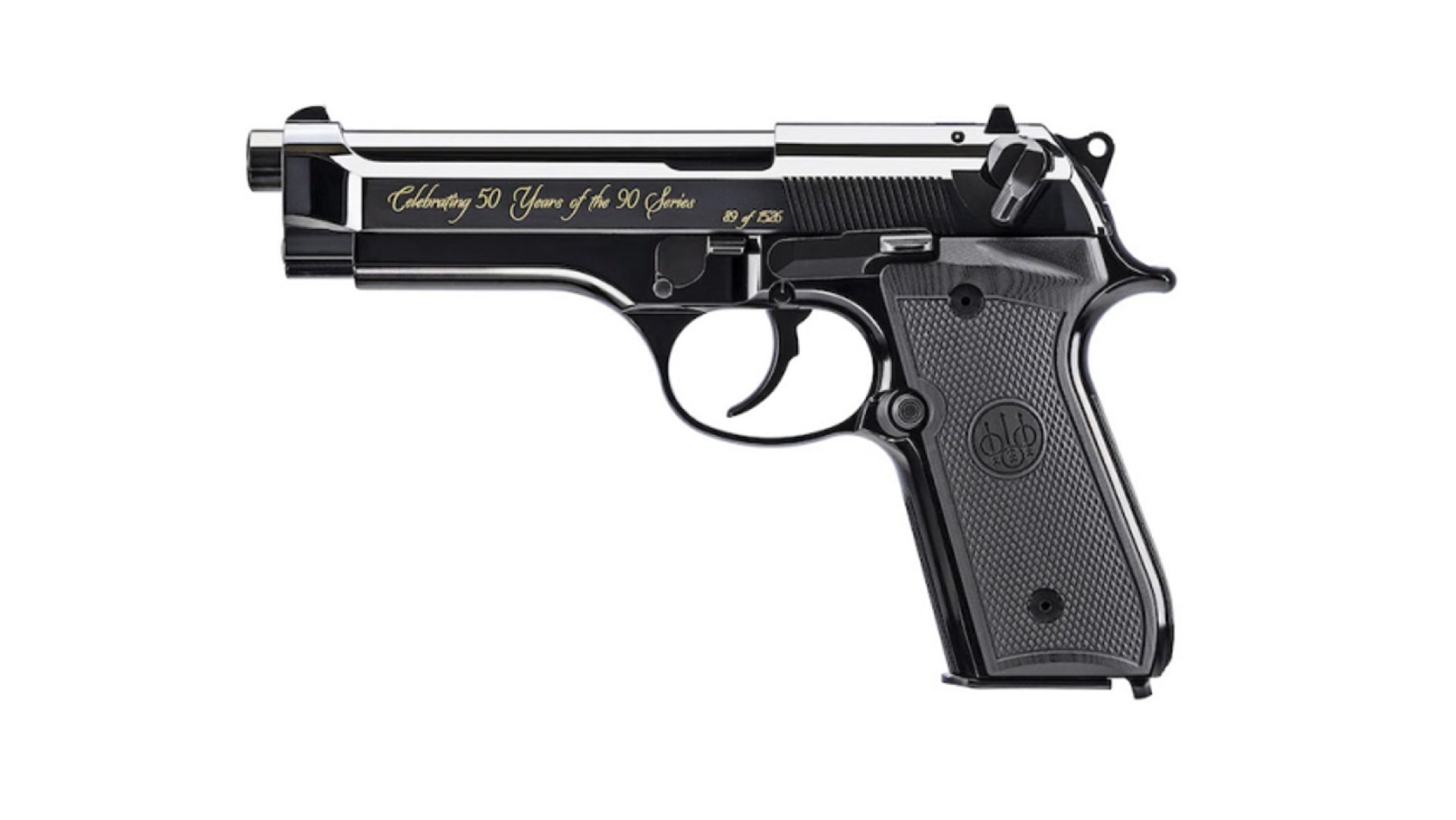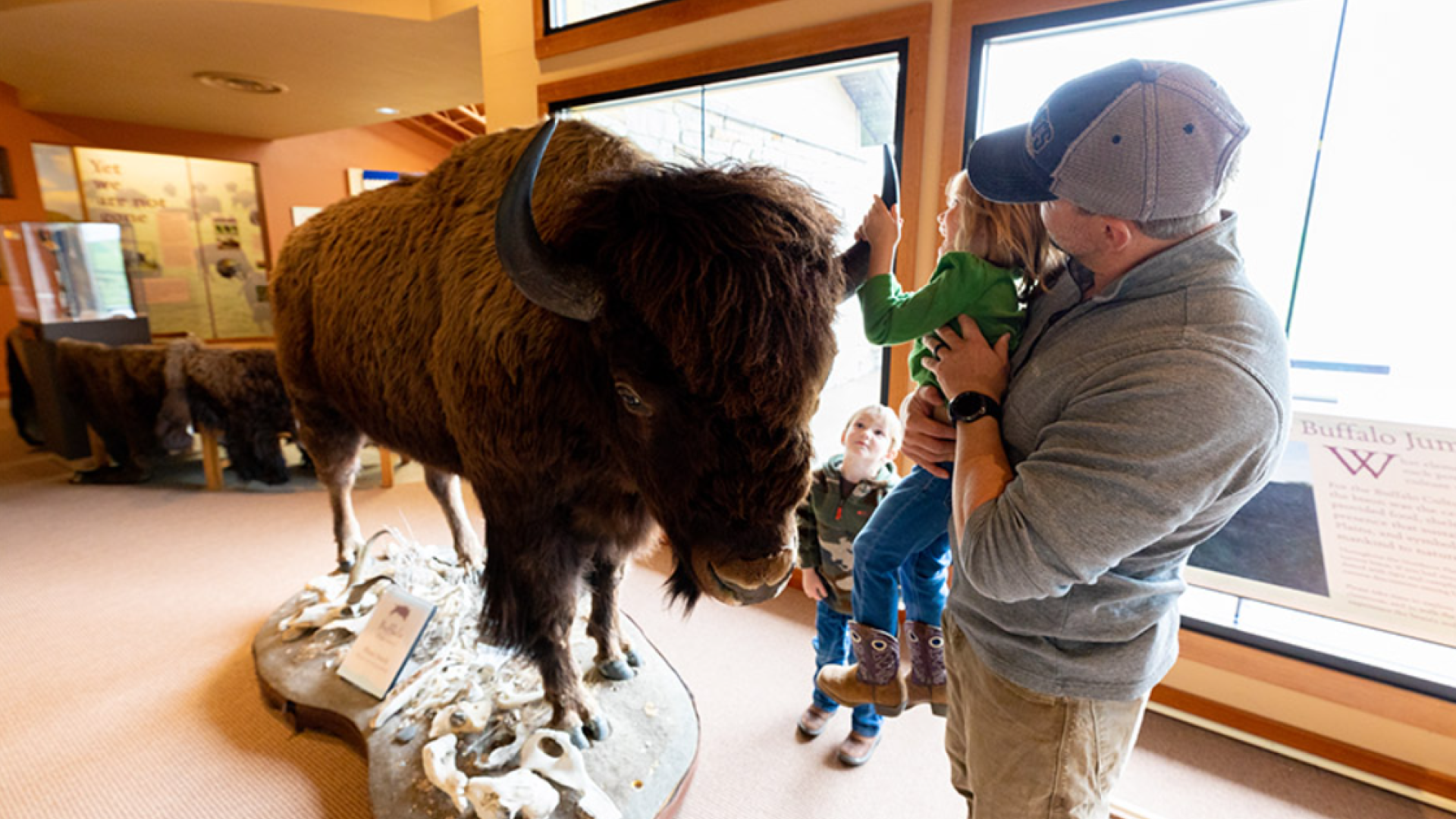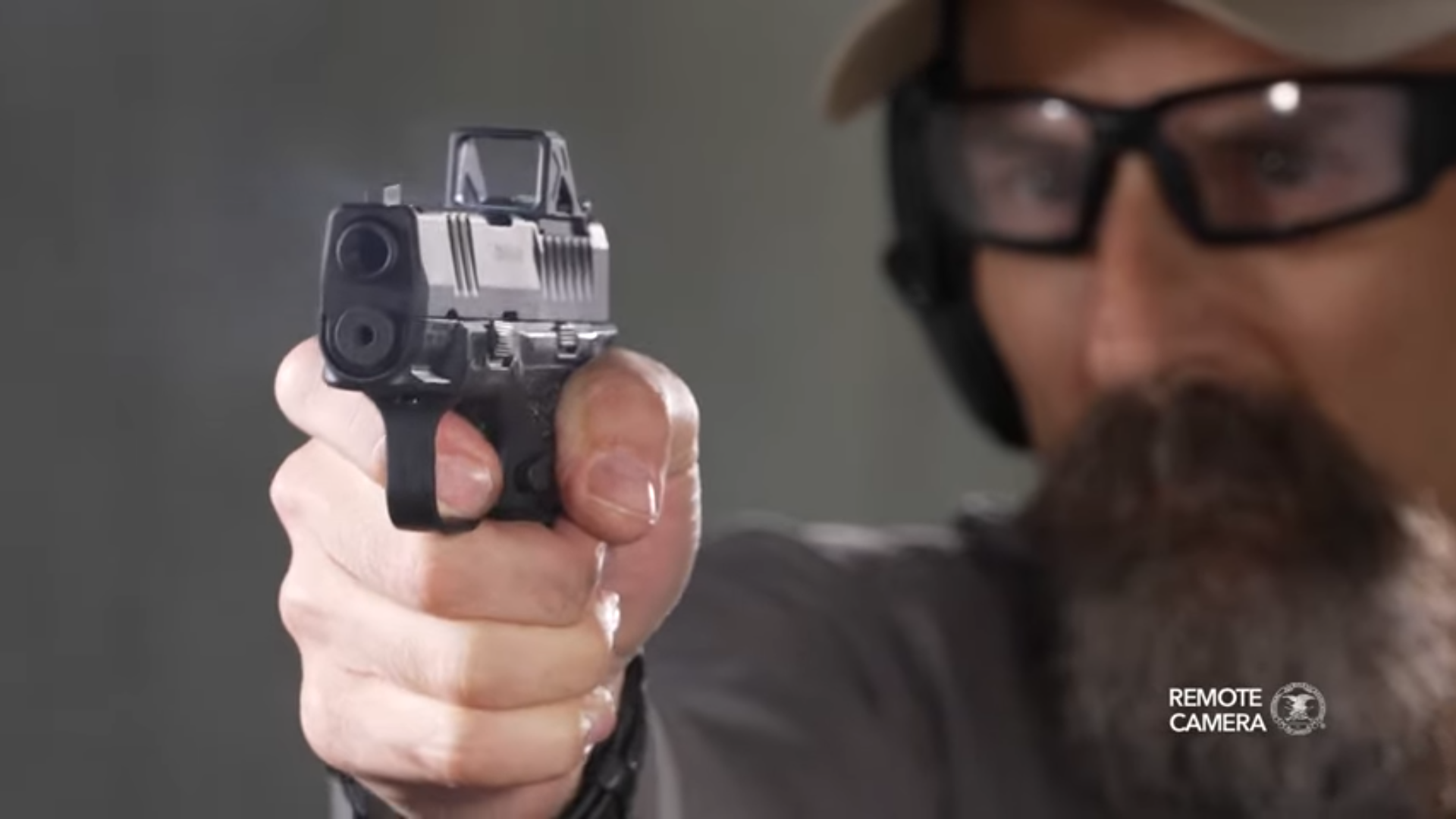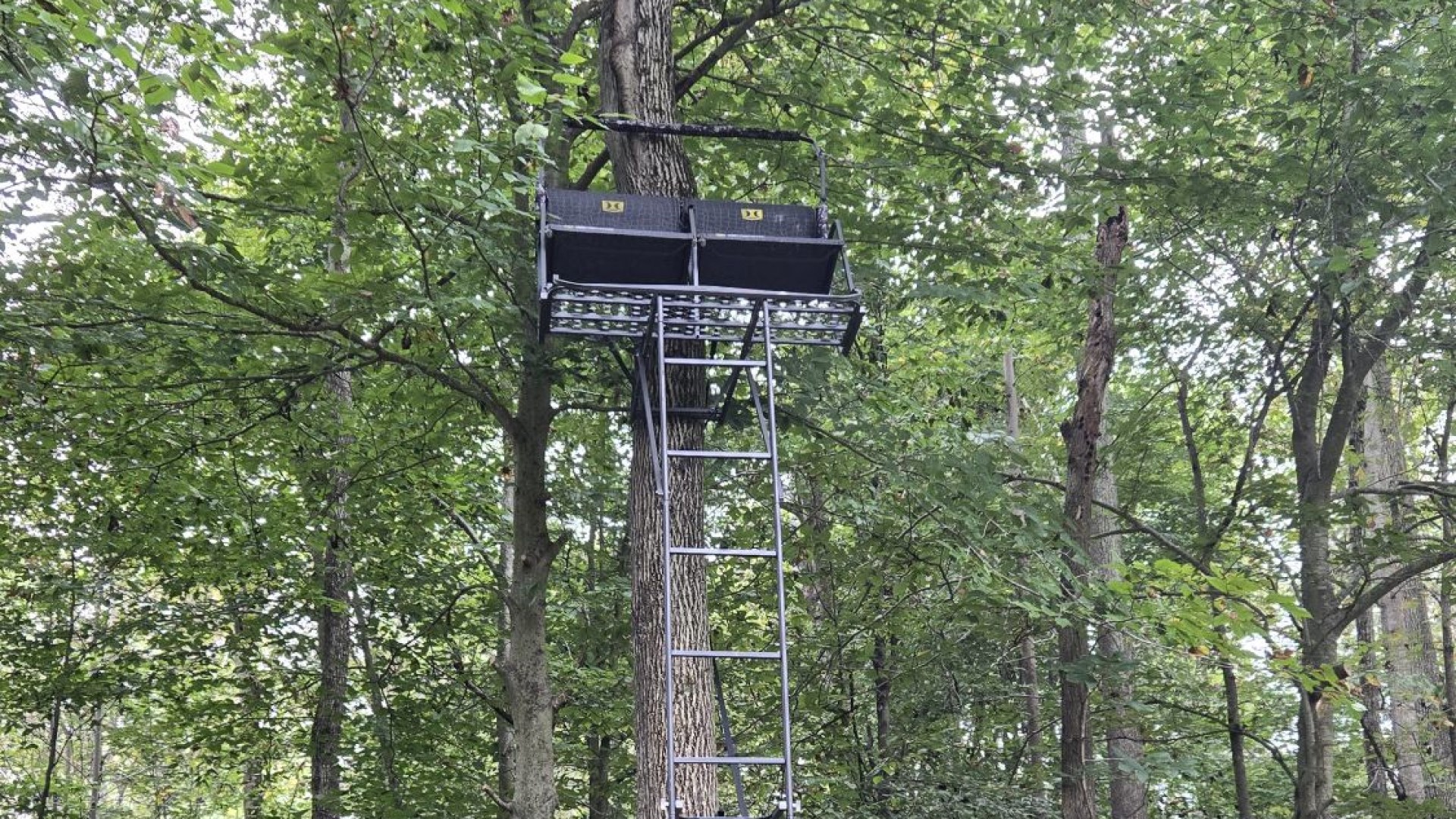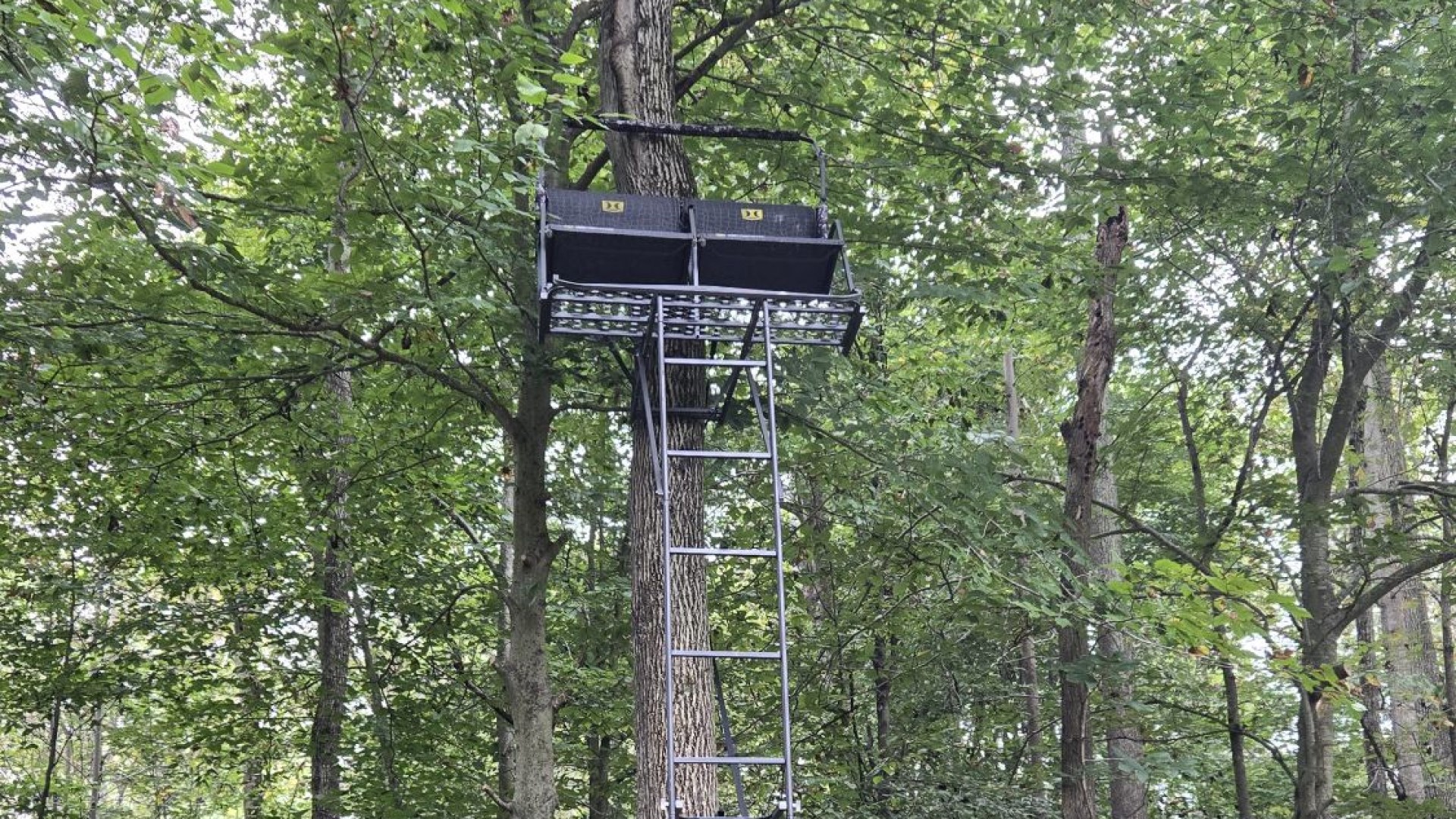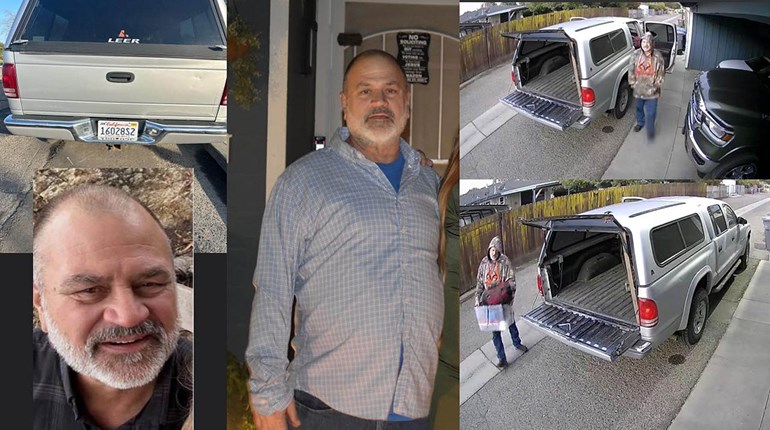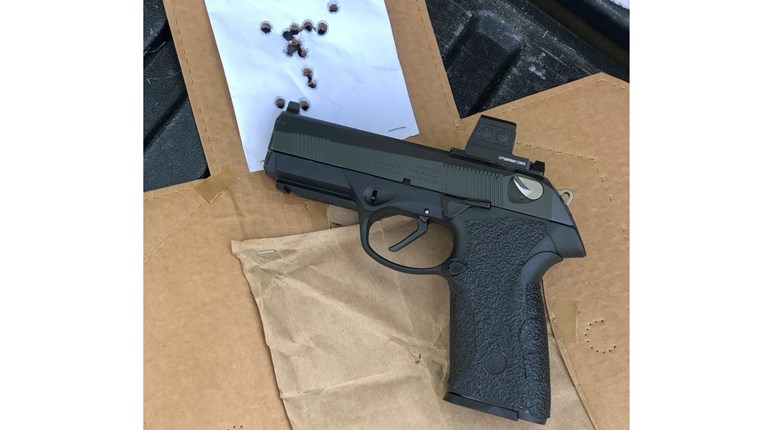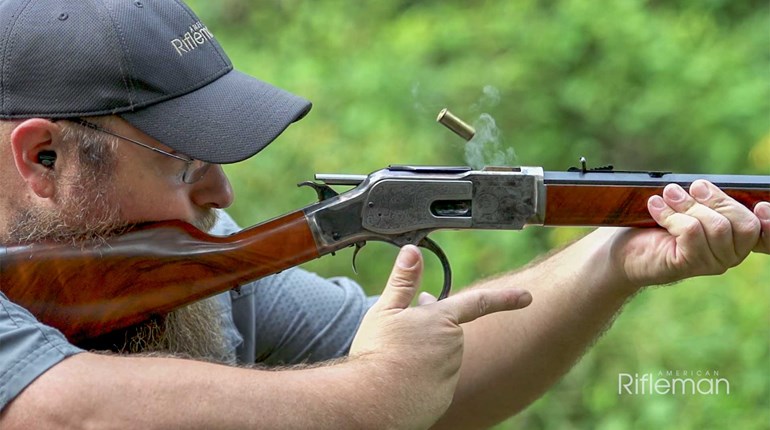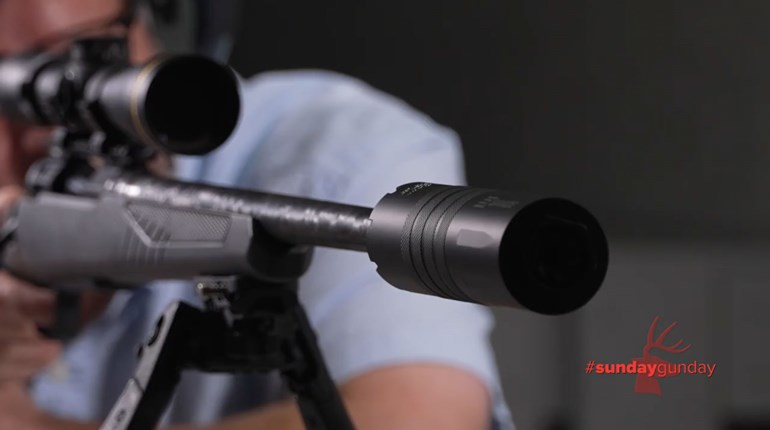
What do we mean when we talk about "hold control"? Simply put, "hold" is the relationship of the gun and shooter to the target. Hold control is the way in which you correctly maintain it long enough for the shot to break. Here's how it works.
The shooter uses sight picture to monitor the hold. In stationary target shooting (bullseye rifle and pistol), sight picture consists of sight alignment (relationship of your eye and the rear and front sights), and the relationship of the aligned sights to the stationary target. For beginning shooters, it is as simple as holding still while firing the shot, but the simplicity of hold control is deceptive. Controlling hold is actually the most difficult aspect of accurate shooting. Even world-class shooters experience movement in their sight picture while shooting. The goal—hold control—is to control the combined movement of the shooter and firearm on the target.
The NRA Muzzleloading Rifle Handbook describes hold control as learning to hold the rifle steady, but that’s just the beginning of the story. Hold control applies to shooting at stationary targets as well as at quick-reaction targets and moving targets. For simplicity’s sake, this article will deal with stationary targets.
When shooting at a stationary target, the shooter has to aim at the target and hold the firearm still as the trigger is pulled. Your hold is the movement of your aligned sights in relation to the target that you see while aiming. The amount and speed of movement shows how well you are controlling your hold. Your task is to hold the firearm as still as possible, which is best done by relaxing and letting your position and natural point of aim do the work for you. Concentrate on holding your body and the firearm as still as you can.
As a shooter, you need to learn to recognize the period of your steadiest hold. This is because the shot should be fired when hold is steadiest. Your goal is to reduce the amount and the speed of the movement and to release the shot when the hold is at its best.
So how do you do this? Start by establishing a benchmark to measure success at controlling hold. When you look through the sights at the target, you’re automatically aware of the amount and speed of the movement of the gun as you hold. Have a mentor or coach look over your shoulder and observe the front sight with relation to an object or area downrange. Now that you and your coach know what kind of “wobble” your current hold is giving you, you can move forward.
There are five elements of a shooting position: consistency, balance, natural point of aim, comfort and, for competitive shooters, the position must be legal. To improve your hold, start by focusing on balance and natural point of aim. If you fire from an off-balance position, or if the natural point of aim does not coincide with the target, hold will be larger. The resulting movement will be like a leaf blowing in a windstorm. And the longer you hold, the stronger the “wind” gets.
To develop good habits, you can use a simple “go/no-go” system to get into and check position. You should always stop and correct any problem, no matter how small. The position checklist can be divided into two categories: external checks and internal checks. For example, checking to see that the butt of the rifle is placed correctly on the shoulder is an external position check that you can observe. An internal check would be checking the muscles and bones of your body, to ensure that they are in the right position and work together to support the gun. (The internal check is largely a matter of feel reinforced by experience.)
A good coach or trainer will provide a position checklist for you. As you gain experience, you’ll create and continually modify a personal checklist to reflect refinements in individual position. Using this method of checking, you can determine whether a change has improved your hold.
Concentration improves hold control. Something as simple as thinking “hold”—or using hold as a key word—can slow and reduce movement. This will allow you to focus on sight alignment and sight picture. Through concentration, you literally reduce the amount of hold and its speed. If the hold is small and slow, your position is good with respect to natural point of aim.










